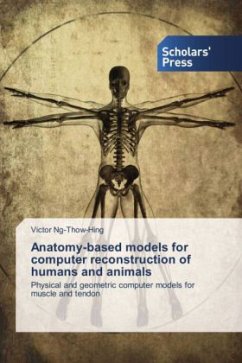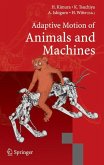The relationship between the design elements of form and function is fundamental in producing new insights and understanding of the objects we encounter every day. Of particular interest is the study of human and animal anatomy, and how the elegance of shape and form we take for granted must simultaneously serve a practical role to locomote the body and perform other essential tasks for survival. We demonstrate how an integrated mathematical model, the B-spline solid, can be used to successfully capture geometric aspects of musculotendons as well as their physical characteristics. The B-spline solid is flexible enough to specify large insertion and origin attachment areas for musculotendons to the skeleton. Furthermore, it is scalable to facilitate detailed three-dimensional fibre reconstruction of internal muscle architecture. From these geometric reconstructions, we can embed different physical models to simulate phenomena such as volume preservation, active muscle contraction,and contact collisions. A software framework is developed to allow these musculotendon models to co-exist with other anatomic tissues, such as bones, ligaments, fat, and skin.
Bitte wählen Sie Ihr Anliegen aus.
Rechnungen
Retourenschein anfordern
Bestellstatus
Storno








